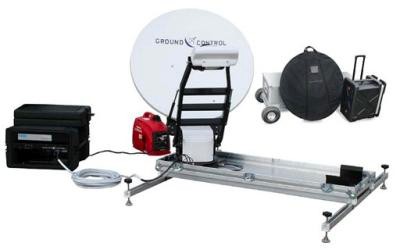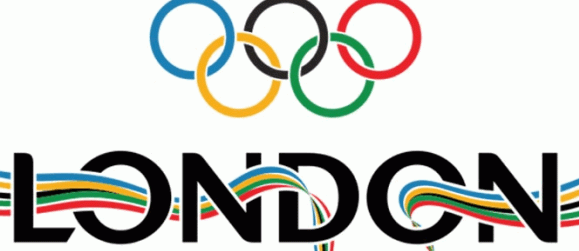Communication is vitally important in the wake of a disaster, especially for the first responders that arrive on the scene. But in cases of widespread destruction like the recent earthquakes in Japan, using the ubiquitous cellphone can be nearly impossible when cell towers are inoperable. AT&T’s recently announced Remote Mobility Zone portable cell towers aim to solve that problem by providing cell coverage with a device that fits inside of a suitcase.
The device is comprised of the suitcase which contains a “picocell” communication system, and a separate satellite dish. As the name implies, the picocell can’t handle huge volumes, only about 14 simultaneous calls. It can also supply limited data access, though far less than a full-size tower would. The device can function anywhere AT&T is licensed to operate, giving them a large area of operations. But because of its small size, it has no internal power supply and must be connected to an external generator. 
So, it’s not as good as the real thing, but it can be set up extremely fast and provides a half-mile of coverage from each device. Moreover, the units can be distributed to first responders or police prior to a disaster, where they’d be kept until needed. And by working with standard AT&T cellphones, the mobile towers would allow for communication with an established system. For instance, a first responder trying to get instructions wouldn’t need a special radio, just the standard phone he or she already owns.
Though first responders and disaster relief are the most urgent use for the devices, they can also provide coverage to underserved areas where full-sized cell towers are not an option and invaluable peace of mind to everyday people afflicted by disasters.
(AT&T via Engadget, image via Engadget)









Published: Apr 25, 2011 01:18 pm